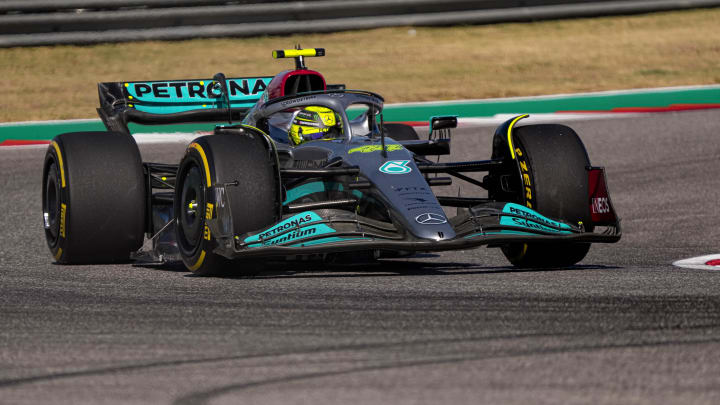Mercedes Director Insists W13 Zero-Pod Design Could Have Worked

Mercedes' introduction of the 'zero-sidepod' design in 2022 marked a bold departure from conventional Formula 1 car designs, aligning with the new ground-effect regulations. Spearheaded by then technical director Mike Elliott, this innovative approach aimed at maximizing aerodynamic efficiency quickly became a topic of intense scrutiny due to its mixed results on the track. Despite potential advantages, the car suffered from notable issues such as porpoising, compelling Mercedes to revert to a more traditional design by 2024 after a challenging two-season stint.
Mercedes' head of trackside engineering, Andrew Shovlin, recently reflected on the journey, suggesting that with the benefit of hindsight, the 'zero-pod' concept might have been successful. Speaking to media, as quoted by PlanetF1, Shovlin revealed:
“Yes, in the sense that if any team knew what they knew now and were able to jump back to 2021 and have another go at it.
“They would have the fastest car because every team has had to go through a significant learning phase.
“In that sense, we could have got those side pods to work.”
Shovlin also addressed comparisons between the zero-pod design and the conventional approach that succeeded it.
“Would they have had the same performance as the current design of the car? Maybe not.
“But [the sidepods] weren’t actually the biggest thing that was wrong with that car, there were other things that, if we were allowed to fix two things, probably the side pods wouldn’t have been on that list.
“However, where we are now is clearly a more performant solution.”
Under the renewed technical leadership of James Allison, who previously served as Technical Director between 2016 and '21, the team saw significant performance improvements with the W15, including a notable 1-2 finish in Belgium—although George Russell's later disqualification slightly marred the celebration. Reflecting on the development process, Shovlin acknowledged:
“Well, there will always be an element of trial and error because Formula 1 cars are the product of research, and not all research proves correct.
“You’re basing it on theories around how you think the aerodynamics work, the tyres work, and what’s important in terms of vehicle dynamics – you’re constantly trying to get your models to better reflect the car on the track.
“So I think there’ll always be an element of trial and error, our issue was more that we were being caught out with problems that we hadn’t anticipated well enough.
“That has been one of the big challenges. But, if you just look at the way that the performance of teams is moving around at the moment, it’s evident that no one understands everything that there is to know about the current generation of cars.”
